Purkinje cell misfiring generates high-amplitude action tremors that are corrected by cerebellar deep brain stimulation
- PMID: 32180549
- PMCID: PMC7077982
- DOI: 10.7554/eLife.51928
Purkinje cell misfiring generates high-amplitude action tremors that are corrected by cerebellar deep brain stimulation
Abstract
Tremor is currently ranked as the most common movement disorder. The brain regions and neural signals that initiate the debilitating shakiness of different body parts remain unclear. Here, we found that genetically silencing cerebellar Purkinje cell output blocked tremor in mice that were given the tremorgenic drug harmaline. We show in awake behaving mice that the onset of tremor is coincident with rhythmic Purkinje cell firing, which alters the activity of their target cerebellar nuclei cells. We mimic the tremorgenic action of the drug with optogenetics and present evidence that highly patterned Purkinje cell activity drives a powerful tremor in otherwise normal mice. Modulating the altered activity with deep brain stimulation directed to the Purkinje cell output in the cerebellar nuclei reduced tremor in freely moving mice. Together, the data implicate Purkinje cell connectivity as a neural substrate for tremor and a gateway for signals that mediate the disease.
Keywords: cerebellum; deep brain stimulation; electrophysiology; mouse; neuroscience; optogenetics; purkinje; tremor.
© 2020, Brown et al.
Conflict of interest statement
AB, JW, Mv, JZ, TL, RS No competing interests declared
Figures
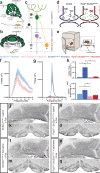


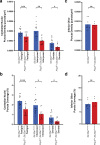
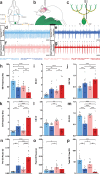

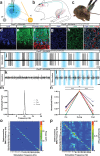
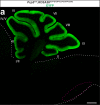


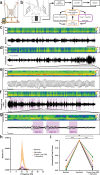

References
-
- Aumann TD, Rawson JA, Finkelstein DI, Horne MK. Projections from the lateral and interposed cerebellar nuclei to the thalamus of the rat: a light and electron microscopic study using single and double anterograde labelling. The Journal of Comparative Neurology. 1994;349:165–181. doi: 10.1002/cne.903490202. - DOI - PubMed
Publication types
MeSH terms
Substances
Grants and funding
LinkOut - more resources
Full Text Sources
Medical
Molecular Biology Databases

